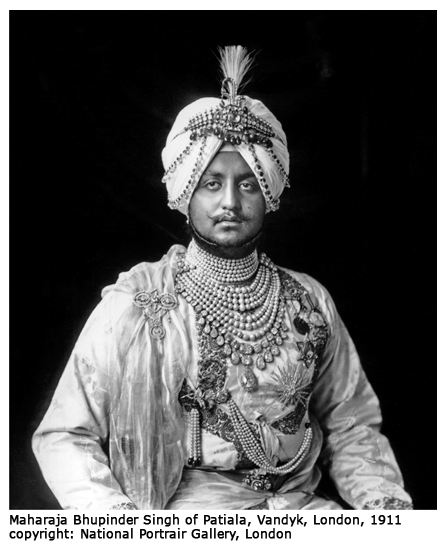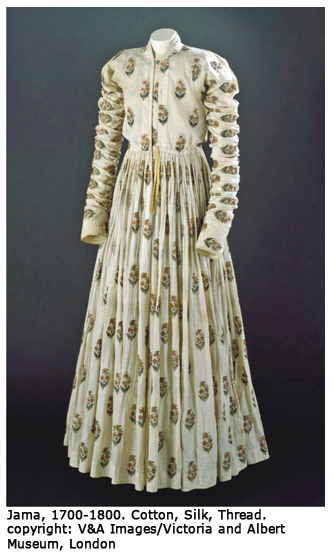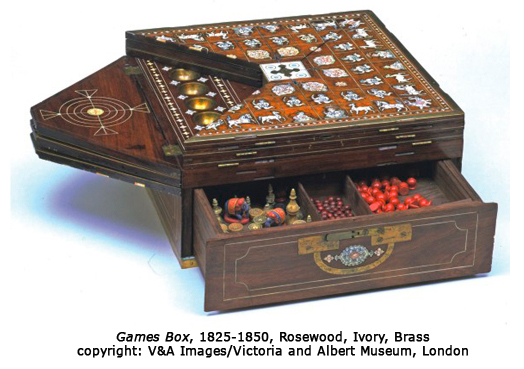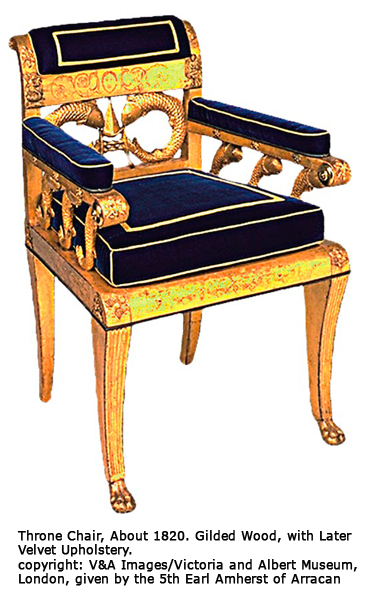- Publisher's Note
- Editorial
- In Conversation with Kanishka Raja
- Definitional Lack in an Inclusive World: Cutting Edge as Responsible Art
- Democratization Through Cutting Edge Art
- Mumbai for Cutting Edge
- Moments in Time (And a Little While After)
- In Transition
- Tip of Our Times
- Srishti School of Art, Design and Technology – A Cradle for Creative Excellence
- Cutting the Edges of Architecture
- Overview Cutting Edge
- The Matter Within: New Contemporary Art of India Featuring Photography, Sculpture and Video
- Generation in Transition: New Art from India
- Indian Master Painters at India Art Festival
- Life, Luxury & the Avant-Garde
- Mother India: The Goddess in Indian Painting
- The Last Harvest: Paintings of Rabindranath Tagore
- Asia Society Museum Presents Exhibition of Rabindranath Tagore's Paintings and Drawings
- Stieglitz and his Artists: Matisse to O'Keeffee
- Beauty of Unguarded Moments
- Across Times, Across Borders: A Report on the Chinese Art Exhibition
- A Summer in Paris
- Random Strokes
- The Emperor’s New Clothes and What It Really Means
- Understanding Versus Adulation
- What Happened and What’s Forthcoming
- Occupy Wall Street, The New Economic Depression And Populist Art
- Unconventional with Witty Undertones
- Narratives of Common Life and Allegorical Tales In Traditional and Modern Forms the Best of Kalighat 'Pats'
- Colours of the Desert
- Unbound
- I Am Here, An Exhibition of Video Self Portraits at Jaaga
- Staging Selves: Power, Performativity & Portraiture
- Venice Biennale Outreach Programme A Circle of Making I and II
- Cartography of Narratives, Contemplations on Time
- Joseph Kosuth: The Mind's Image of Itself #3' A Play of Architecture and the Mind
- Maharaja: Reminiscing the Glorious Past
- Art from Thirteen Asian Nations
- Tibetan Arms and Armor at Metrpolitan Museum of Art
- The Art of Poster Advertisement
- Unusual Angles and Facets of Museum Buildings
- Elegant Fantasies
- Art Collection and Initiatives
- Art Events Kolkata
- Mumbai Art Sighting
- Art Bengaluru
- Musings from Chennai
- Preview
- In the News
ART news & views
Maharaja: Reminiscing the Glorious Past
Volume: 4 Issue No: 22 Month: 11 Year: 2011
Antique
by Anurima Das
 200 Larkin Street in San Francisco is better known as the Asian Art Museum. However, starting from the 21st October 2011 this place would get metamorphosed into a palace of the Indian Maharajas. Picking out fragments from the Indian history, the museum is about to open its doors to the Maharaja: The Splendor of India's Royal Courts, a first of its kind attempt in the US. Indian Kingship and their palatial lifestyle form the centre stage of this exhibition. The idea of Maharaja is to capture the essence of the lives of the Indian rulers which spread across three generations. Going backwards from the present we arrive at the Indian independence era and the last fragment of the entire episode of Kingship in India. Tracing the path further backwards we travel through the kingdoms of the independent kings in India, to the Mughal era. It is this journey laid out from the 1700 to the mid 20th century, that becomes the theme for the Victoria and London museum organized exhibition.
200 Larkin Street in San Francisco is better known as the Asian Art Museum. However, starting from the 21st October 2011 this place would get metamorphosed into a palace of the Indian Maharajas. Picking out fragments from the Indian history, the museum is about to open its doors to the Maharaja: The Splendor of India's Royal Courts, a first of its kind attempt in the US. Indian Kingship and their palatial lifestyle form the centre stage of this exhibition. The idea of Maharaja is to capture the essence of the lives of the Indian rulers which spread across three generations. Going backwards from the present we arrive at the Indian independence era and the last fragment of the entire episode of Kingship in India. Tracing the path further backwards we travel through the kingdoms of the independent kings in India, to the Mughal era. It is this journey laid out from the 1700 to the mid 20th century, that becomes the theme for the Victoria and London museum organized exhibition.
India has always been credited for its diversified culture and traditions. The subcontinent has thus progressed through several significant moments and have been hence, ruled by several kings and princes at varied times. Even during the British rule a considerable portion of India was under the princely rule, the strain of the grandeur of the kingly lives has always rested at the heart of the nation. The changes in the political and religious sensibilities with time have borne witness to the alterations in the society as a whole. The royal life has also undergone sea change over the years in question and have thereby brought out new ways to adapt to the same. The sole aim of the exhibition is to present varied objects of grandeur and splendor, connected to the Maharajas of varied time.
 The costumes, the jewelleries, the elaborate paintings of the courts, procession and even the ceremonial daggers, guns and other objects of daily use of the royalty are housed in the museum for display during the span of the exhibition. Treasures from museums all over the world will adorn and add magnificence to the path laid out in front of the viewers. The idea is to recreate the times of the Maharajas in India, not only through their wealth and richness in terms of their daily objects but at the same time trying to evoke their rich cultural backbone pertaining to the era they dwelled. The viewers will have to take their journey through the decline of the Mughal Empire and then witness the rise of the Princely states in India leading to the more recent times of the Maharajas during the colonial rule.
The costumes, the jewelleries, the elaborate paintings of the courts, procession and even the ceremonial daggers, guns and other objects of daily use of the royalty are housed in the museum for display during the span of the exhibition. Treasures from museums all over the world will adorn and add magnificence to the path laid out in front of the viewers. The idea is to recreate the times of the Maharajas in India, not only through their wealth and richness in terms of their daily objects but at the same time trying to evoke their rich cultural backbone pertaining to the era they dwelled. The viewers will have to take their journey through the decline of the Mughal Empire and then witness the rise of the Princely states in India leading to the more recent times of the Maharajas during the colonial rule.
 An overview of the life of the kings during these times will add success to the key idea of the exhibition. The museum is divided into segments to trace out the journey of the rulers of India and each segment of the journey is laid out well in individual galleries. The visitor has to begin the tour from the Lee gallery which, adorns and celebrates the idea of kingship by laying out the artifacts and evidences from several kingdoms to focus on the basic idea of royal duty (rajadharma) prevailing within India. Moving on one would thereby come across the royal throne and therefore become a part of the throne room, to witness the aura of a ruler's court. Paintings, rare photographs and several artifacts like the sword, turbans and ornaments etc add on to the effect of the royalty and make the same noteworthy.
An overview of the life of the kings during these times will add success to the key idea of the exhibition. The museum is divided into segments to trace out the journey of the rulers of India and each segment of the journey is laid out well in individual galleries. The visitor has to begin the tour from the Lee gallery which, adorns and celebrates the idea of kingship by laying out the artifacts and evidences from several kingdoms to focus on the basic idea of royal duty (rajadharma) prevailing within India. Moving on one would thereby come across the royal throne and therefore become a part of the throne room, to witness the aura of a ruler's court. Paintings, rare photographs and several artifacts like the sword, turbans and ornaments etc add on to the effect of the royalty and make the same noteworthy.


Weapons of the able ruler reside alongside the life size paintings of the outside world of the royalty in the Hambrecht Gallery. The ruler's public personality is presented here with loads of poise and expertise. Musical instruments and leisure objects also dominate the other half of this gallery and helps in bringing out the overall splendor of the Maharajas. It is the Osher gallery that houses the shift of the kingship in an excellent way by locating the transformation of the royal rule over various frames of time. The journey of the royal families under various social and political circumstances is what the visitors would witness in this gallery. The kingdoms that dominated the nation over time are part of the journey that you take within this space and form the basic guide to the lives of the Sikhs, Marathas and the Mughals. The lives of the independent kings during the times of the British East India Company also can be witnessed through the objects in this gallery. India became “the jewel in the crown" for the British empire during the rule of Queen Victoria. Thus, among several royal jewels on display is the Patiala necklace designed by Cartier, which originally contained 2,930 diamonds and the yellow 234.69-carat DeBeers diamond.
 Alongside the kings and the royal families, eminent princesses also become a part of the exhibition and several paintings and their jewels bring them into limelight. Indian princesses, who are shown to be cultured, educated, and sometimes fierce warriors like Chand Bibi of Bijapur, Maharani Chimnabai, wife of the enlightened Maharaja Sayajirao Gaekwad III of Baroda are given a distinct position in the Maharaja. To add that final essence to Maharaja Artist Sanjay Patel has been commissioned to exhibit his paintings in the Tateuchi Gallery on the second floor. Beginning November 11, 2011 his works will be displayed alongside the ongoing exhibition Maharaja (October 21, 2011 to April 8, 2012).
Alongside the kings and the royal families, eminent princesses also become a part of the exhibition and several paintings and their jewels bring them into limelight. Indian princesses, who are shown to be cultured, educated, and sometimes fierce warriors like Chand Bibi of Bijapur, Maharani Chimnabai, wife of the enlightened Maharaja Sayajirao Gaekwad III of Baroda are given a distinct position in the Maharaja. To add that final essence to Maharaja Artist Sanjay Patel has been commissioned to exhibit his paintings in the Tateuchi Gallery on the second floor. Beginning November 11, 2011 his works will be displayed alongside the ongoing exhibition Maharaja (October 21, 2011 to April 8, 2012).